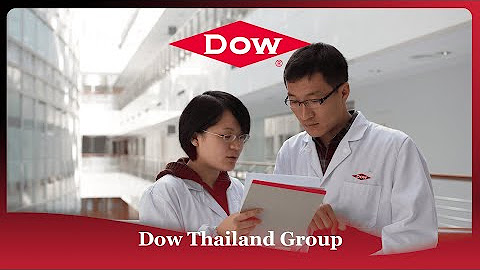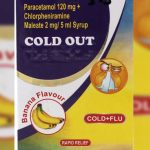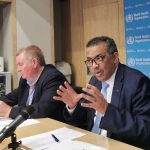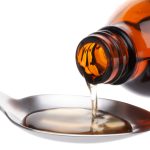Contaminated Solvent Used in Cough Syrup Seized in Pakistan: Dow Chemical, Thailand Implicated

In a recent development, Pakistan’s drug regulatory authority has seized a batch of contaminated propylene glycol solvent falsely labeled as manufactured by Dow Chemical, Thailand. The regulatory action was prompted by concerns about toxic propylene glycol being linked to the deaths of over 300 children in Indonesia, Gambia, and Uzbekistan since 2022, with the World Health Organization connecting these fatalities to cough syrups produced in India.
The drug authority, in an alert issued on Thursday, announced the possession of a contaminated batch of Propylene Glycol and initiated an investigation into the entire supply chain associated with this batch. The seized batch, purportedly originating from Dow Chemical, Thailand, underwent analysis at the Central Drug Laboratory in Karachi, revealing an unacceptable level of Ethylene Glycol.
Ethylene Glycol, when ingested, poses serious health risks, affecting the central nervous system, heart, and potentially causing kidney damage that can lead to fatality. The drug authority emphasized the need for immediate action, ordering the recall of any products manufactured from the same batch of propylene glycol from both local and export markets.
The seized batch’s misleading label, indicating Dow Chemical, Thailand as the manufacturer, raises questions about the authenticity of the supply chain and the possibility of similar instances in other regions. Dow Chemical, Thailand, has not responded to requests for comment regarding this incident.
The drug authority’s directive also includes a precautionary measure to put on hold finished products manufactured from any other batch of propylene glycol originating from Dow Chemical, Thailand. This step aims to prevent any potential risks associated with the use of propylene glycol in the production of cough syrups or other pharmaceutical products.
While the specific impact on local cough syrup production in Pakistan remains unclear, the regulatory body’s vigilance underscores the gravity of the situation and the potential threats posed by the circulation of contaminated pharmaceutical ingredients. The incident serves as a stark reminder of the importance of robust regulatory measures and international cooperation to ensure the safety and quality of pharmaceutical products in the global market. The investigation into the supply chain and the authenticity of labeling practices is ongoing, with the authorities committed to taking decisive actions to protect public health.





